Introduction
There are plenty of cameras that would fit the bill of a camera that can excel in dusty, damp, cold, wet, and all-round tough outdoor situations. But I value one that is also light weight and compact. I’ve always admired the images produced by full frame DSLR cameras and their large, high quality lenses, but the prospect of having to lug the weight of such a system up a hill either on a bike or on my back does not particularly appeal.
Enter the mirrorless micro four-thirds camera system. Cameras that use this system have a sensor that is half the linear size (1/4 in area) of a full frame camera, and they don’t have an optical viewfinder that requires a bulky mirror system inside the camera body. The size of the sensor also dictates smaller lenses than their full frame counterparts. This means smaller camera bodies and smaller lenses.
So almost two years ago, I jumped in the deep end and bought an Olympus OM-D E-M1 camera body (pictured above with the Olympus 12-40mm f2.8 lens). At the equivalent of around US$1,000 at the time, this was a big purchase. But I’d already spent the preceding few years using a second-hand, first-generation micro four-thirds camera, the Panasonic Lumix GF1. I loved the small size of the GF1, and liked the ability to use old cheap lenses on it with an adapter. But the lack of weather proofing made using the camera in all outdoor conditions difficult, and the only option for image stabilization was to use lenses with image stabilization. When using old manual lenses from the late 1990’s, it was difficult to get a crisp shot in low light.
The Olympus OM-D E-M1, with its weather resistant, shock resistant, freeze-proof (to an extent, see below) body, complete with in-body stabilization, was a very promising proposition. It has now been almost two years since I bought it, and here’s my long term thoughts about it, from the perspective of seeking a quality camera for adventure photography.
Review – the good stuff
Basically, the camera is incredible. It is much more advanced than my current photography skills, and it does everything I want it to do, with clear, sharp images, and great dynamic range for a small-ish sensor. I have no major beefs with the image quality. So, I will start the review with several features that I really love about the camera, and end with some things that I wish the camera had.
Weather sealing
When I am outdoors with the camera, the majority of the time I have the camera slung over my shoulder using a shoulder strap. Until recently, I generally didn’t use any sort of cover for the camera. The rationale behind this is that I always want really quick access to the camera for capturing images of people as they move through landscapes and scenes. As much as possible, I don’t want to ask people to stop what they’re doing so that I can get a camera out of a bag and set up a shot. So far, the camera has held up to the abuse of being carried like this across dusty gravel roads on a bicycle, through rain showers, and in heavy snow.
The Olympus OM-D E-M1 also boasts to be ‘freeze-proof’. Previous to moving to Hokkaido, the northern most island of Japan, I never really used a camera much in sub-zero temperatures (although it got pretty cold in eastern Turkey with my Canon G9 compact camera), so I don’t have anything to compare it to. But I can say that the camera does perform fine down to around -10 deg C, as advertised. Most of the timelapses below, filmed at the Sapporo Snow Festival in Hokkaido, Japan, were captured over periods of hours at a time, at below freezing, with no issues.

That said, I’ve experienced the shutter sticking closed on a number of occasions when using the camera on ski trips. Generally, conditions where the shutter seems to freeze shut are those where I’ve had the camera attached to me using a shoulder strap, the temperature is at or below -10 deg C, and the wind is howling. After half an hour or so of the camera being exposed to conditions like that, the mechanical shutter will stick, and only a couple of stiff blows to the camera will free it. The wind quickly sucks any warmth out of the metal body and lens.
I felt like this was a serious drawback of the camera, until 1) Olympus came out with Firmware Version 4.0 (which includes a full electronic shutter feature) and 2) that I had perhaps expected a little too much from the camera. I’ve since bought a neoprene soft case (the Hakuba PixGear SS cover) that still allows quick access and lets me carry the camera on a shoulder strap, but gives the camera much more protection from subzero winds. So far this extra protection seems to be helping to keep the shutter working.
Why not just use the electronic shutter all the time? The reason is that using the electronic shutter to capture moving subjects causes some distortion sometimes. This is called ‘rolling shutter’, like when you try to film outside a moving train’s window: vertical objects like power poles and trees appear as though they are bent. I don’t see nearly as much distortion on the OM-D E-M1’s electronic shutter, but when scrolling through consecutive images panning across a landscape, captured using the high speed continuous shot, you can see some distortion.
On one occasion at the top of Mt. Annupuri at 1300m (just after I took the picture below with the hiking skiers), with the ambient temperature at around -15 deg C and the wind howling at around 30km/h, the electronic viewfinder started to flicker a little. The camera had spent around 2 hours hanging around me on a shoulder strap, with no case. Pictures taken using the electronic shutter, however, came out fine.
In-body stabilization
One of the standout features of the OM-D E-M1 that I really appreciate is the in-body stabilization. In many cameras, the lenses have little motors built into them that compensate for the small movements of the hand when holding the camera. The sensor in these cameras are generally fixed and don’t move. In the OM-D E-M1 however, when the power is on, the sensor moves, acting as a 5-axis stabilization device. Apart from the advantage of suddenly being able to use old non-stabilized lenses as ‘stabilized’ lenses, the Olympus in-body stabilization is simply amazing.
I push the limits of this in-body stabilization most frequently when taking photos while riding my bicycle. I love to capture the sense of speed of flying downhill, which requires taking a photo at a fairly slow shutter speed. I’ve found that in general, I can capture photos such as the one above at speeds as slow as 1/10 of a second, so long as I have the camera set to high-speed continuous shot, and just point the camera at the subject, hold the camera as stable as possible, and take up to 20 photos in succession. Usually a few shots will come out with the subject nice and crisp, with some great speed blur. This requires me to ride no-hands, with both hands holding the camera steady. A shutter speed of 1/30 of second produces more reliable results when shooting one-handed. And of course, for the best speed-blur shots, the wider angle the lens the better.
It is not only when moving that I realize the benefit of the stabilization. I can take hand-held shots with a shutter speed as slow as 1 second and still get usable results.
Live Composite feature
The Olympus OM-D E-M1 camera has a special long-exposure feature called Live Composite, mainly for night time photos such as capturing star trails. When this setting is engaged, the camera first takes one photo, and then takes a succession of other photos over as long a period as the user wants. All these photos are then merged together. The amazing thing is that with this feature, the camera only merges the bits of the successive photos that have changed in brightness. This way, it is possible to have a long exposure effect where it is possible to capture the movement of stars, without buildings and trees etc in the foreground becoming too over-exposed.
I’ve not used this feature all that often, but when I have, it produces great results.
Massive selection of lenses
For my camera I own the following lenses: Olympus 12-40mm f/2.8 PRO (weather sealed), Panasonic Lumix 7-14mm f4, Panasonic Lumix 20mm f1.7, and a number of old Canon FD lenses (50mm 1.4, 135mm f2.5, 200mm f4) using a Canon FD to micro four-thirds adapter.
In reality these days, for outdoor adventure use, I find the two zoom lenses (Olympus 12-40mm and Panasonic 7-14mm) to be the most versatile. I rarely take any of the prime lenses with me on trips any more. Primes are fun, and restricting oneself to one focal length can force artistry. But I find that zoom lenses are the way to go when zooming with your legs is difficult (picture yourself 50 meters away from someone who is moving away from you, in waist-deep powder, and you want to take a picture of them). The two zooms that I do have are beautifully sharp and have great contrast. If the 7-14mm Panasonic lens was weather sealed, then it would be perfect (I know that Olympus has a 7-14mm PRO lens that is weather sealed, but it is relatively massive and weighs a ton).
Aside from what I own, there is a growing selection of excellent lenses to choose from. As much as I don’t use primes much these days, I think my next lens acquisition would be the Olympus 75mm f1.8 lens. That is a very sharp and bright lens!
Review – the stuff that could be improved
Video quality
The video quality on the OM-D E-M1 is perfectly usable. But, it is way out of the league of Panasonic’s offerings. I don’t necessarily need massive resolutions such as 4K, but I do wish it had a 60fps option, and higher bitrates. That said, it still produces some nice footage. The two videos below are ones that I shot on the OM-D E-M1.


Dynamic range
I’m not sure if this is something that can realistically be improved much, beyond the quality of the Olympus OM-D E-M1, on a micro four-thirds sensor. Olympus really gets the most out of a relatively small sensor. But I still drool over what a full frame mirrorless camera like the ones by Sony produce. I still feel like there are situations where a full frame sensor would outperform a micro four-thirds camera on dynamic range. That said, if you’re OK with fiddling with the RAW files, it is possible to improve things a little.
Overall impressions and final remarks
I am happy with the combination of compact size, low weight, and amazing image quality that the Olympus OM-D E-M1 offers. The range of lenses available, as well as its ruggedness for adventures in the outdoors, is fantastic. And you cannot beat the in-body stabilization. I do find myself drawn in the direction of the Sony Alpha 7 series of cameras, due to their full frame sensors, but the added weight and bulk of their full-frame sized lenses put me off. At this point in time, I feel like the Olympus OM-D E-M1 is the ultimate camera for human-powered adventures.


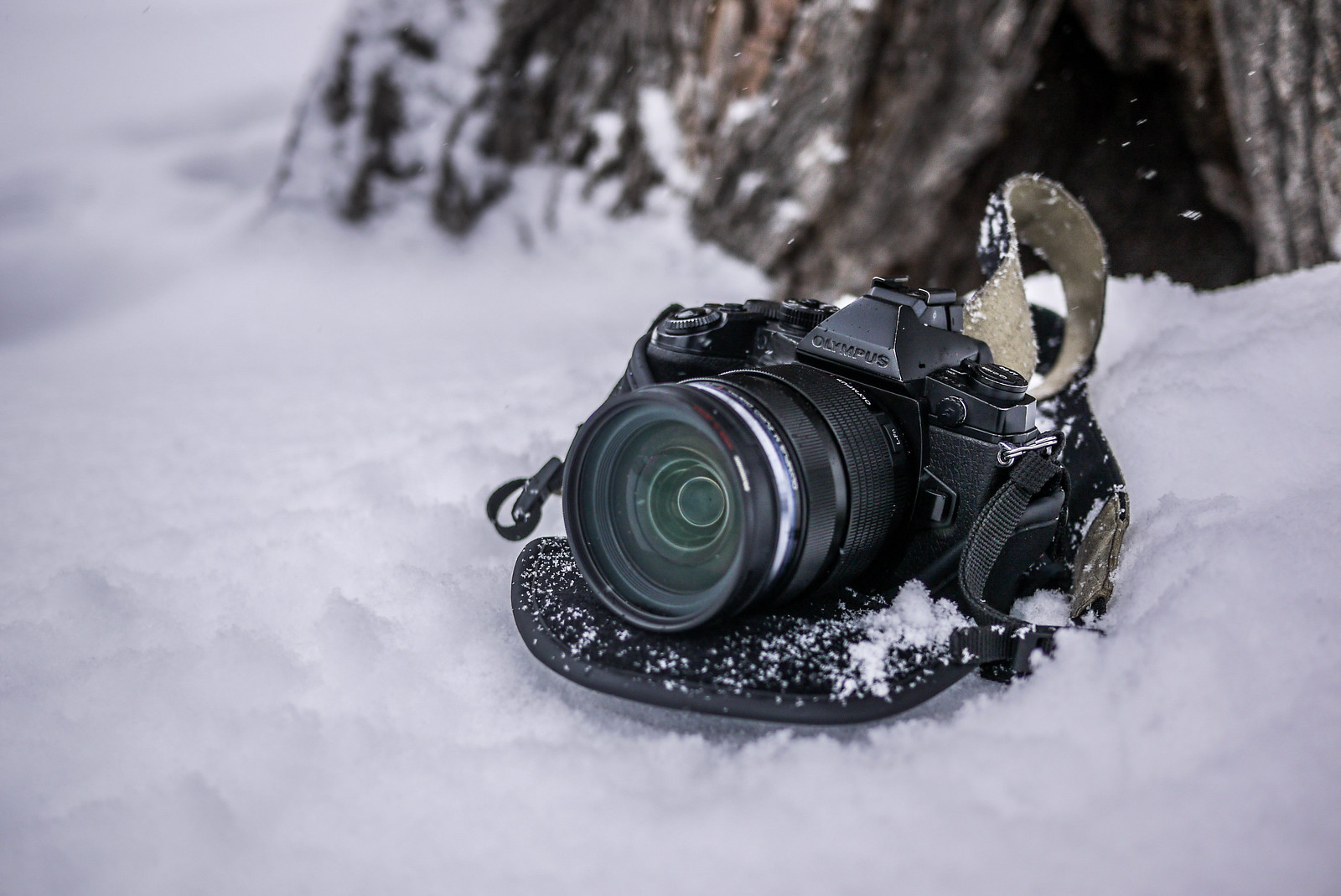

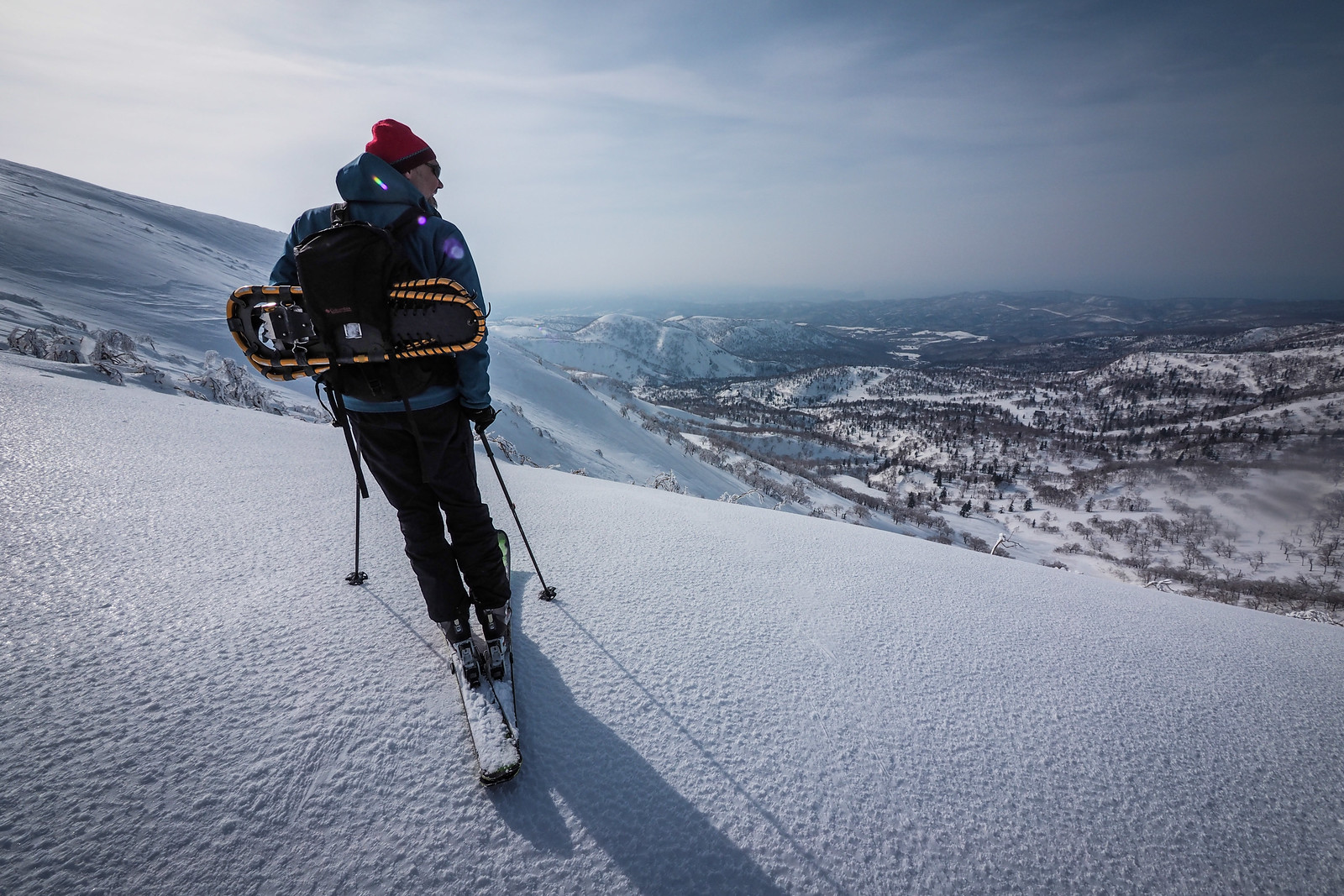
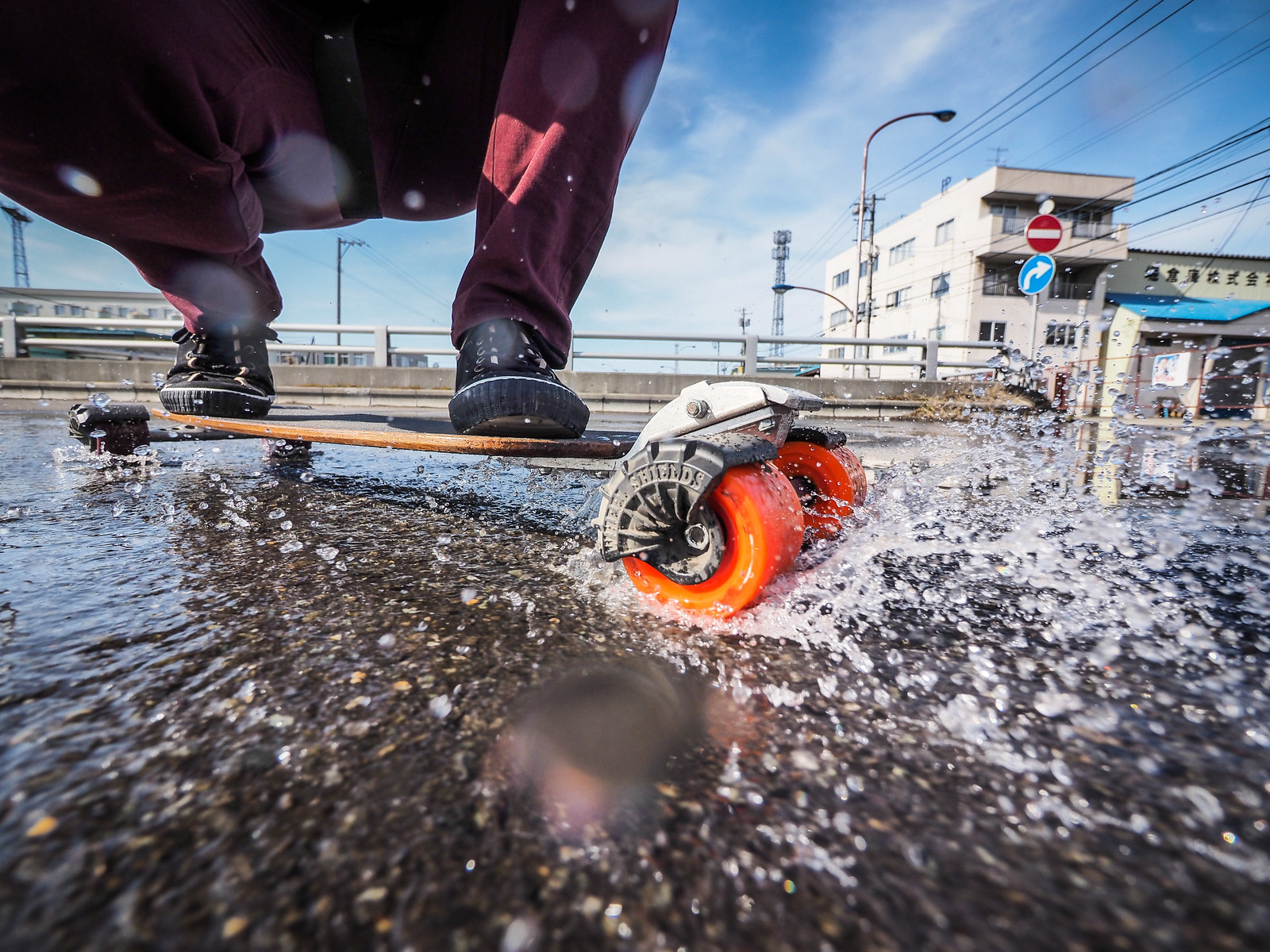
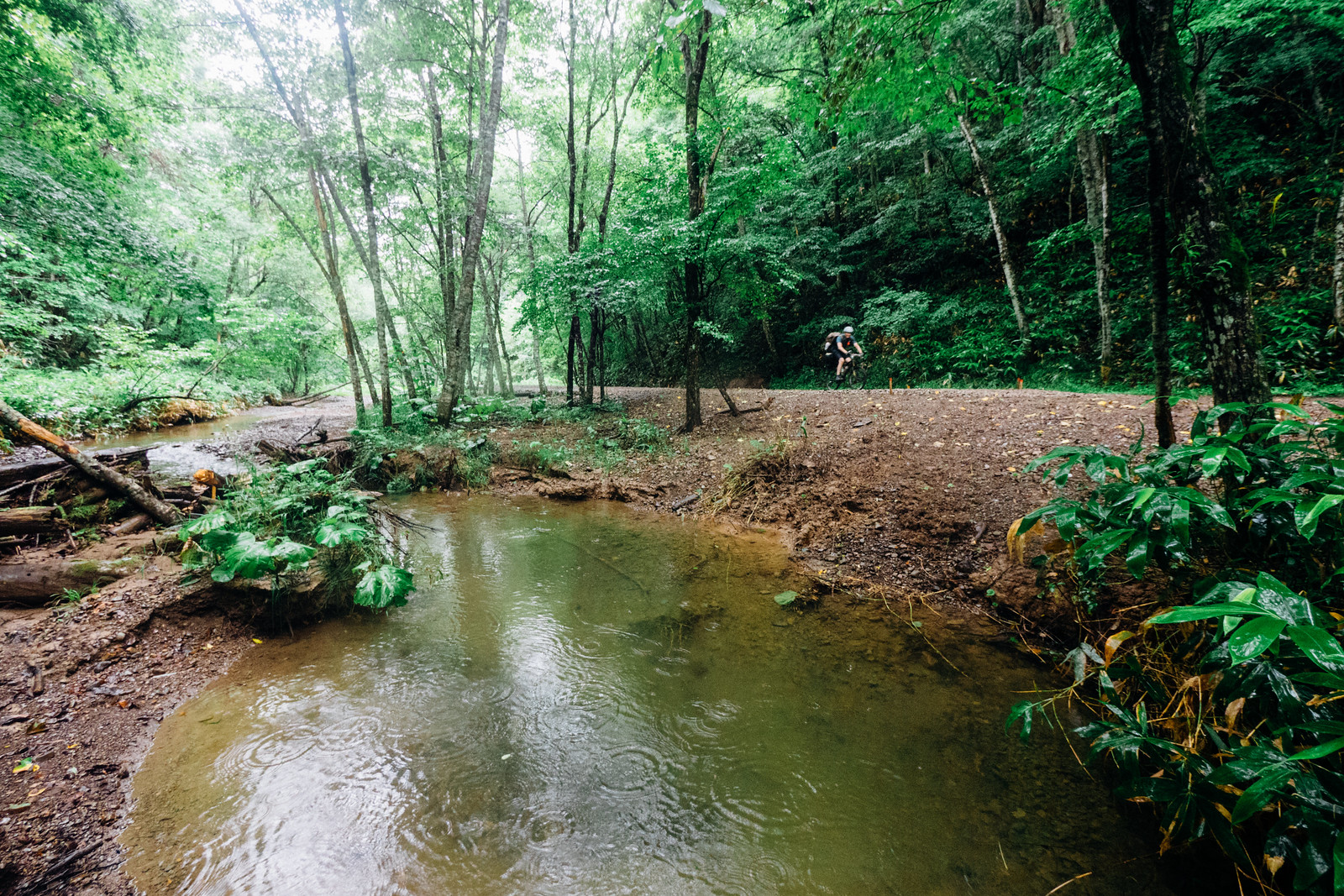


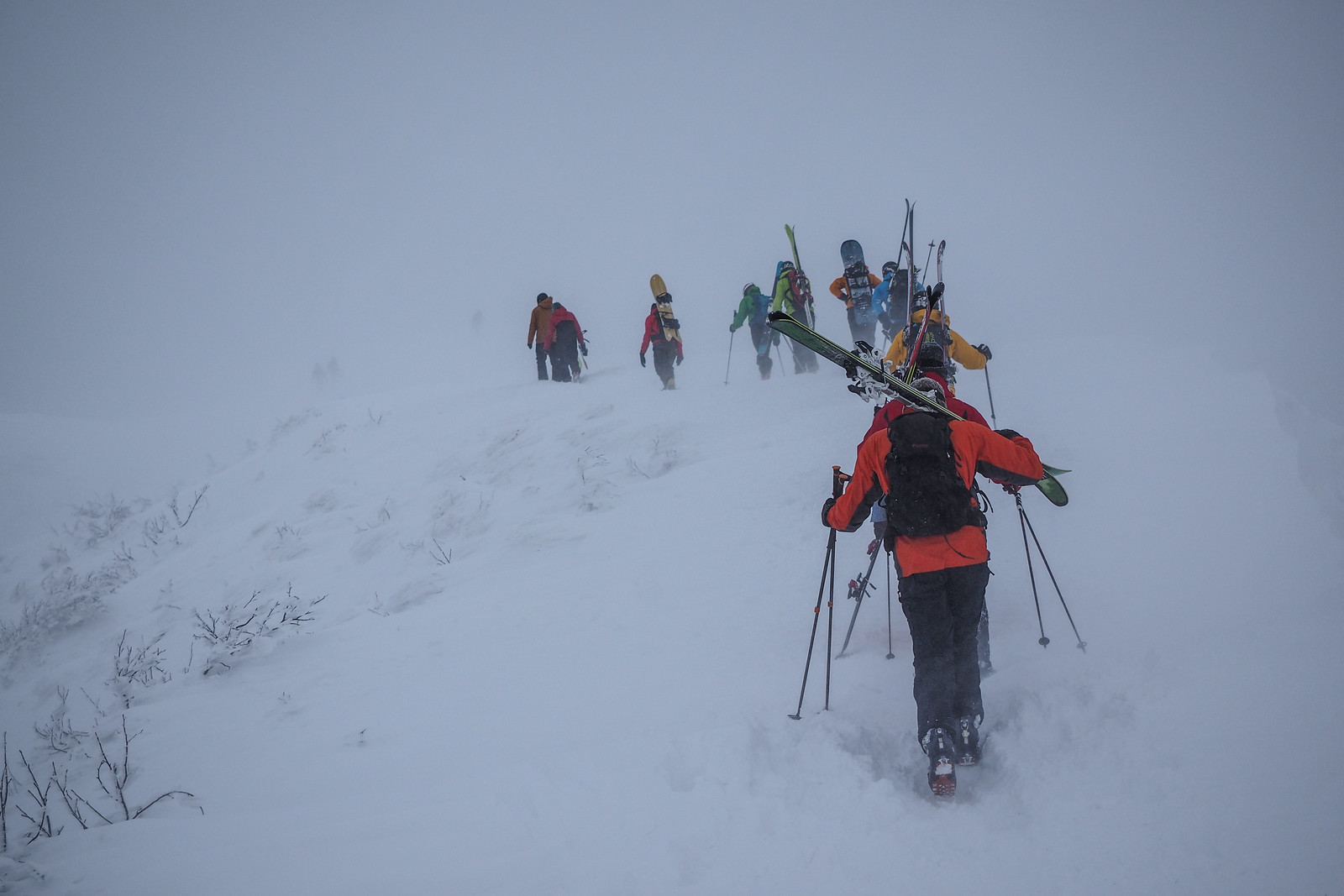

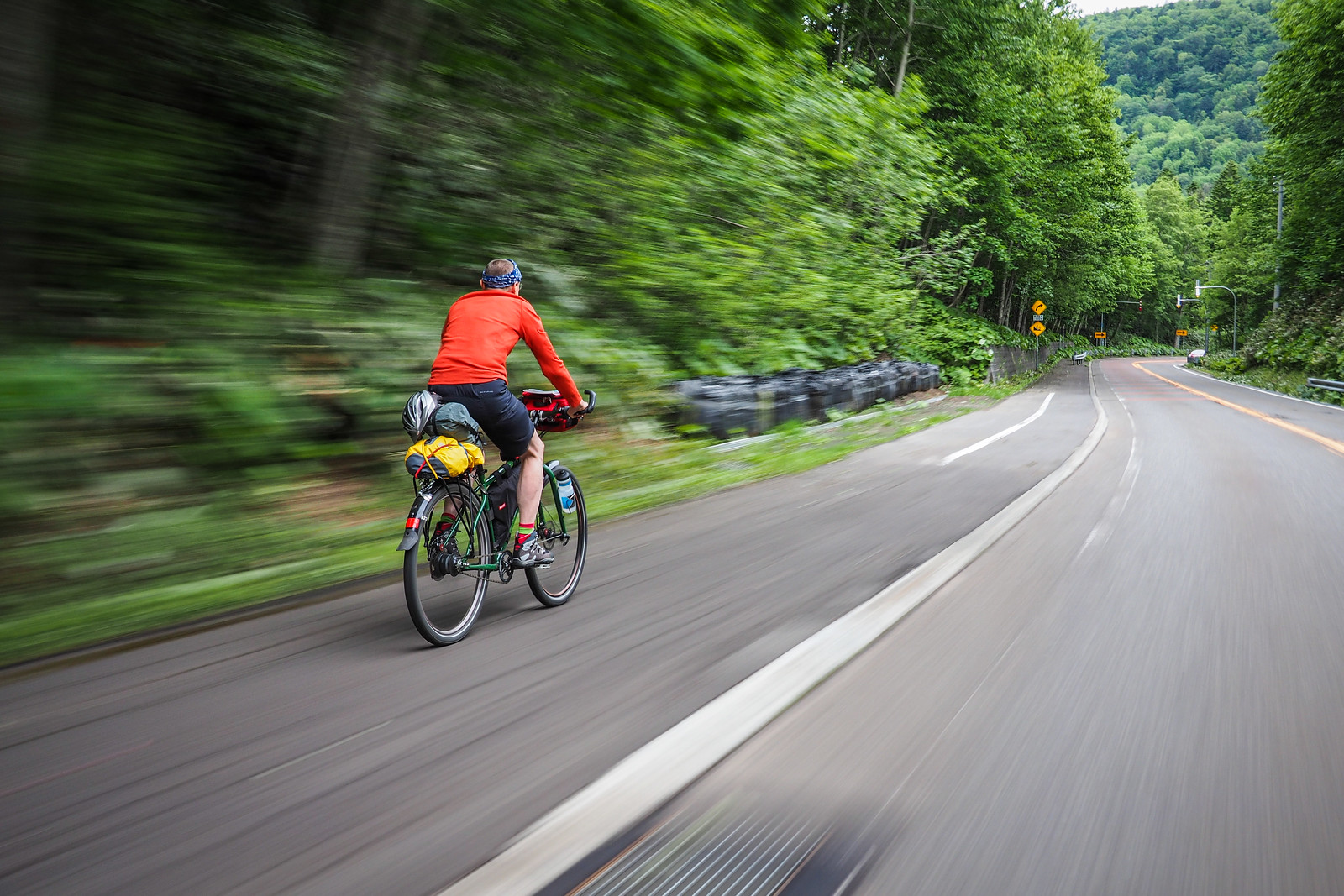


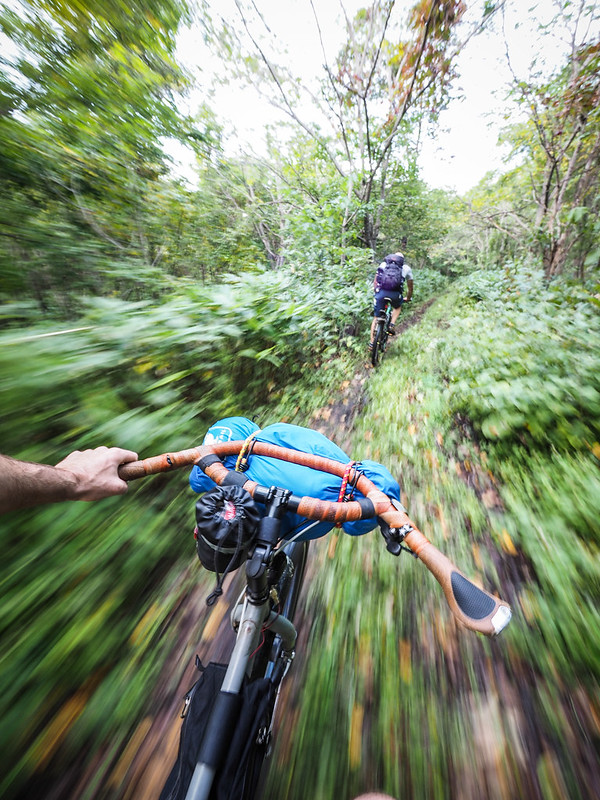
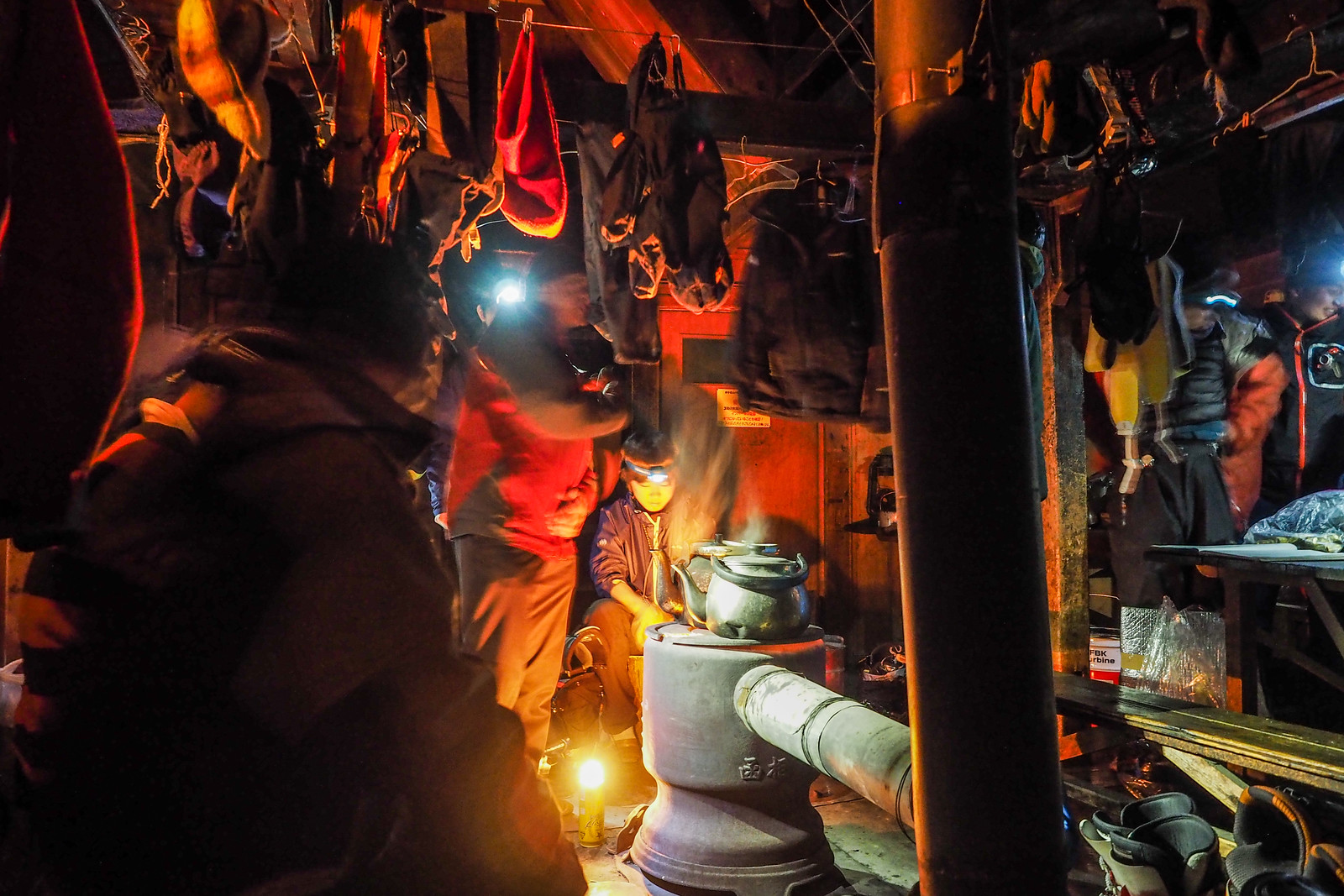
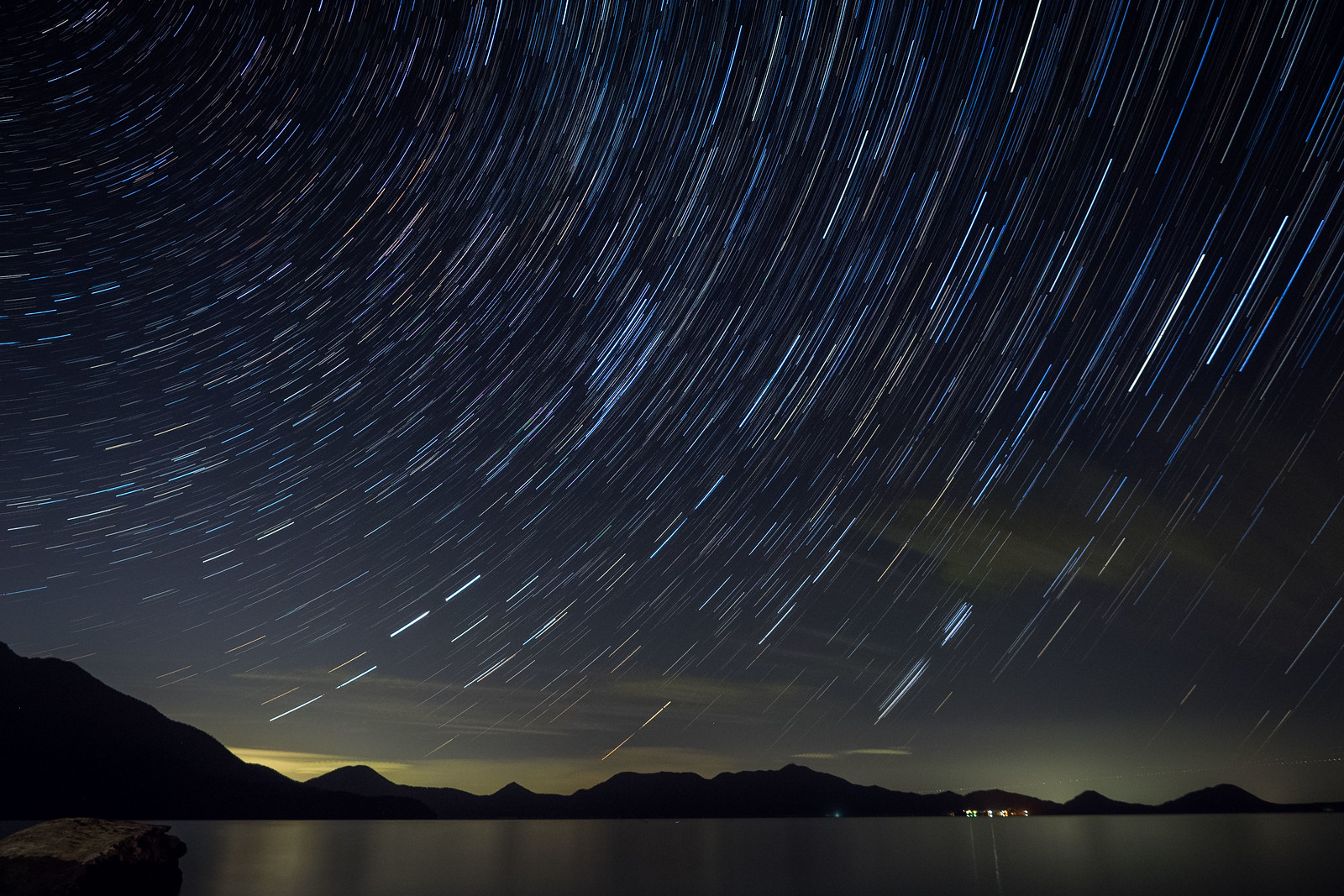
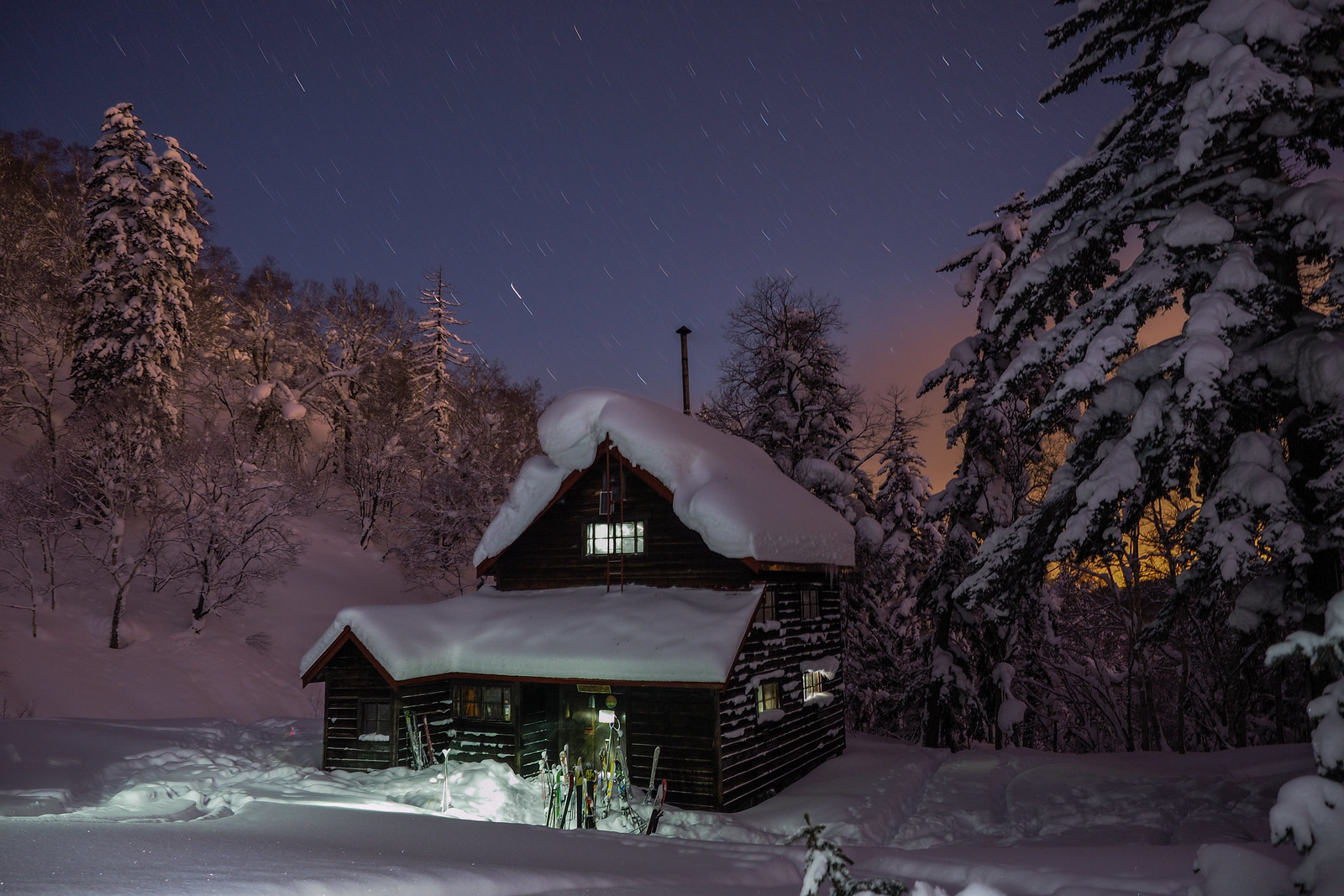
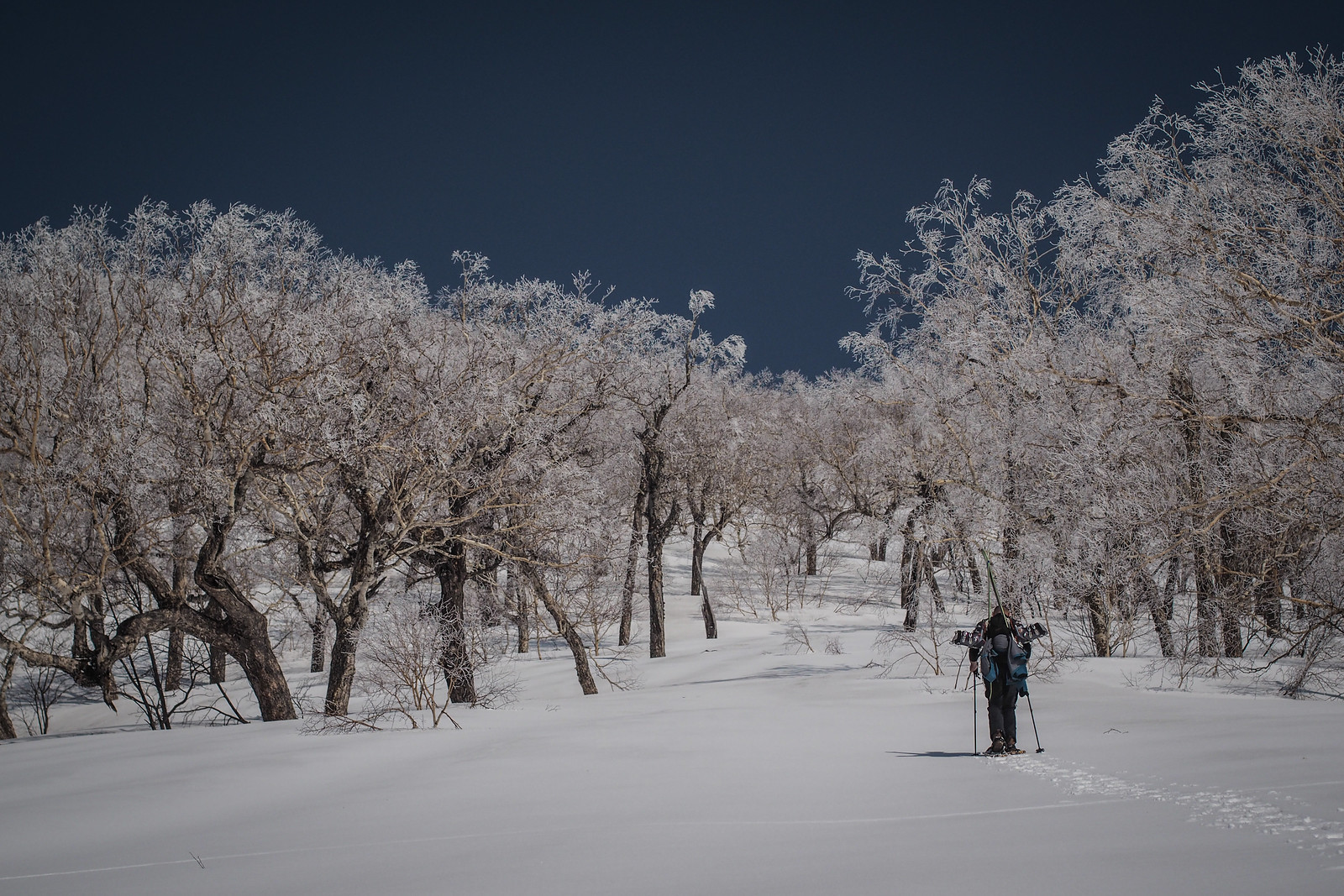
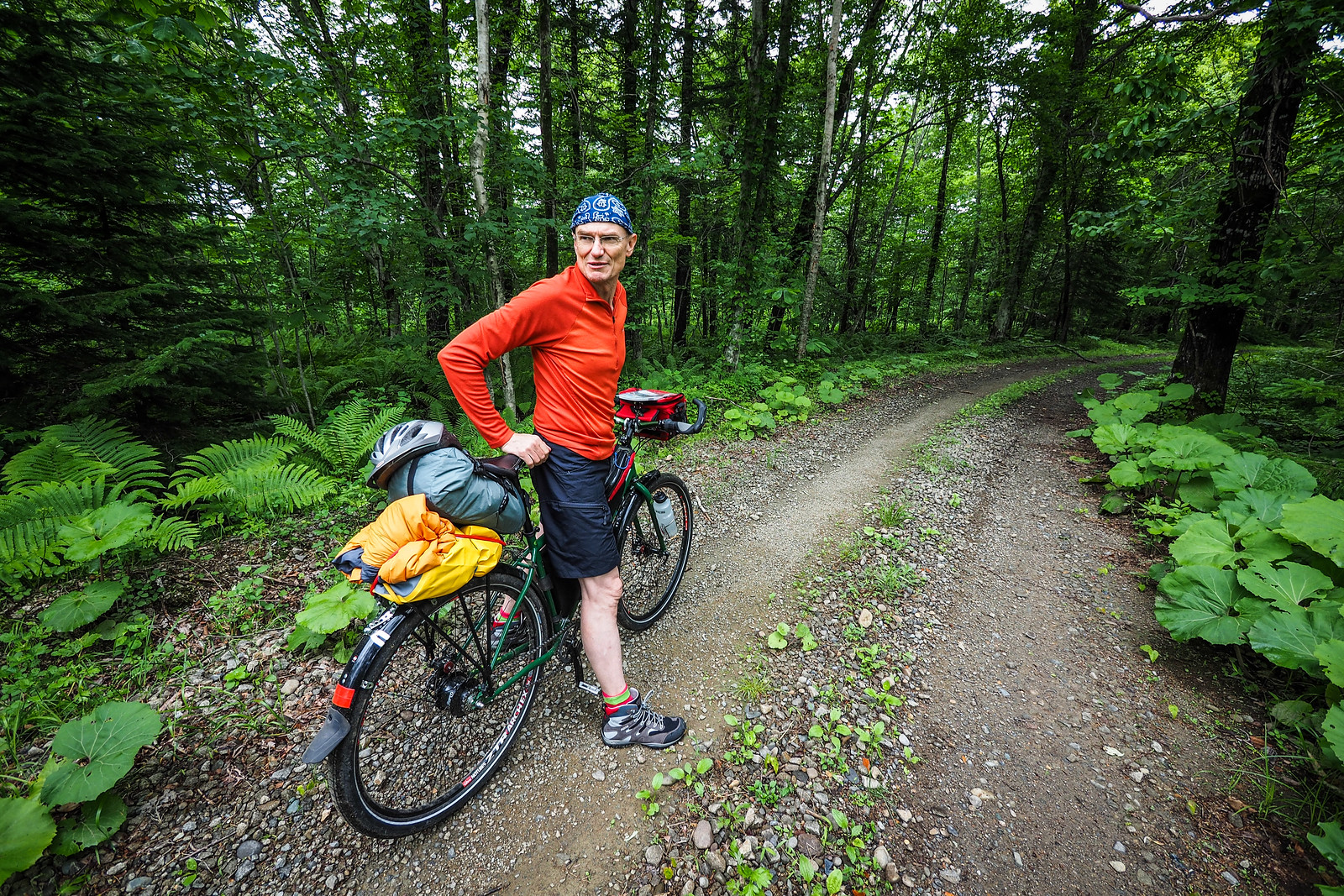
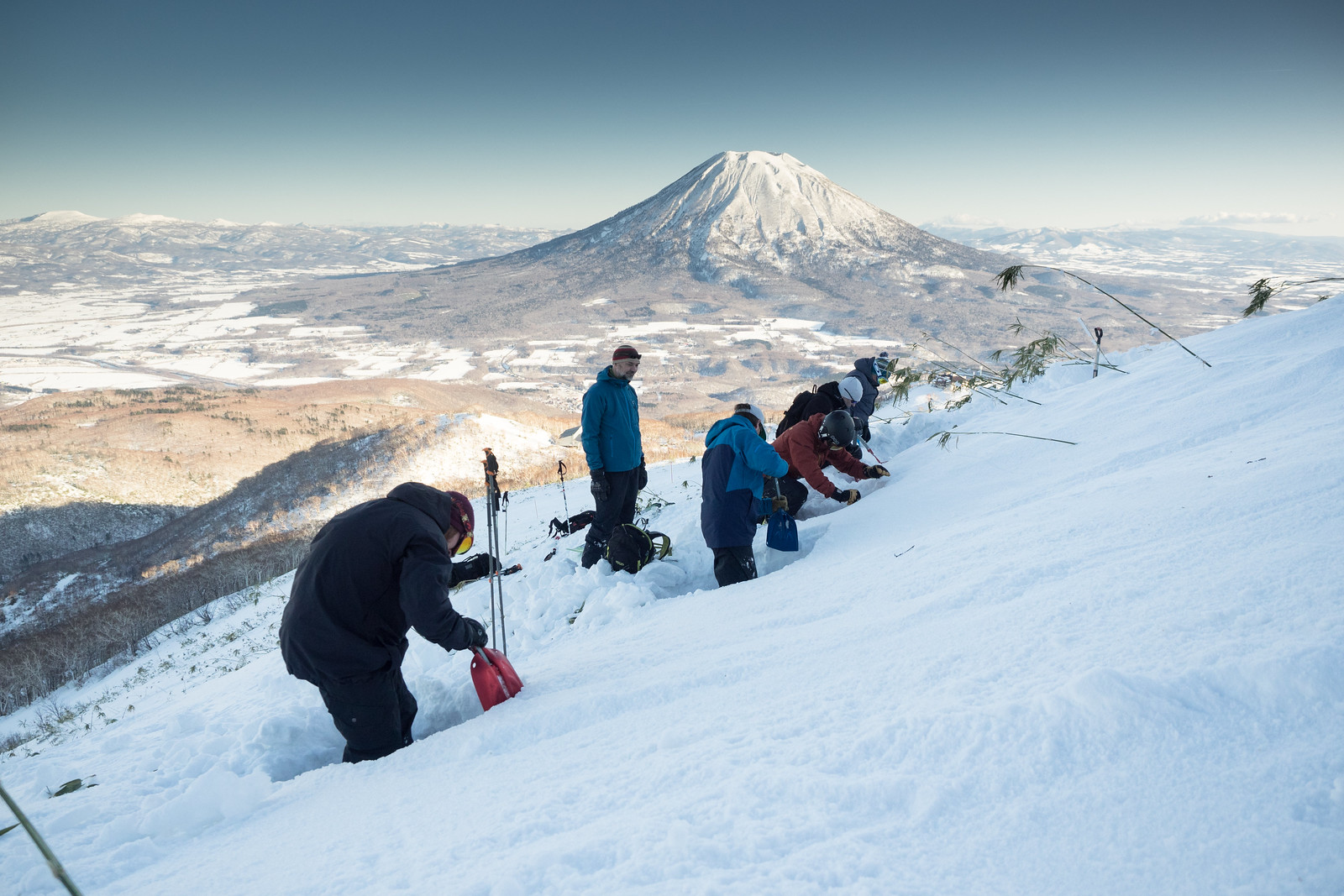
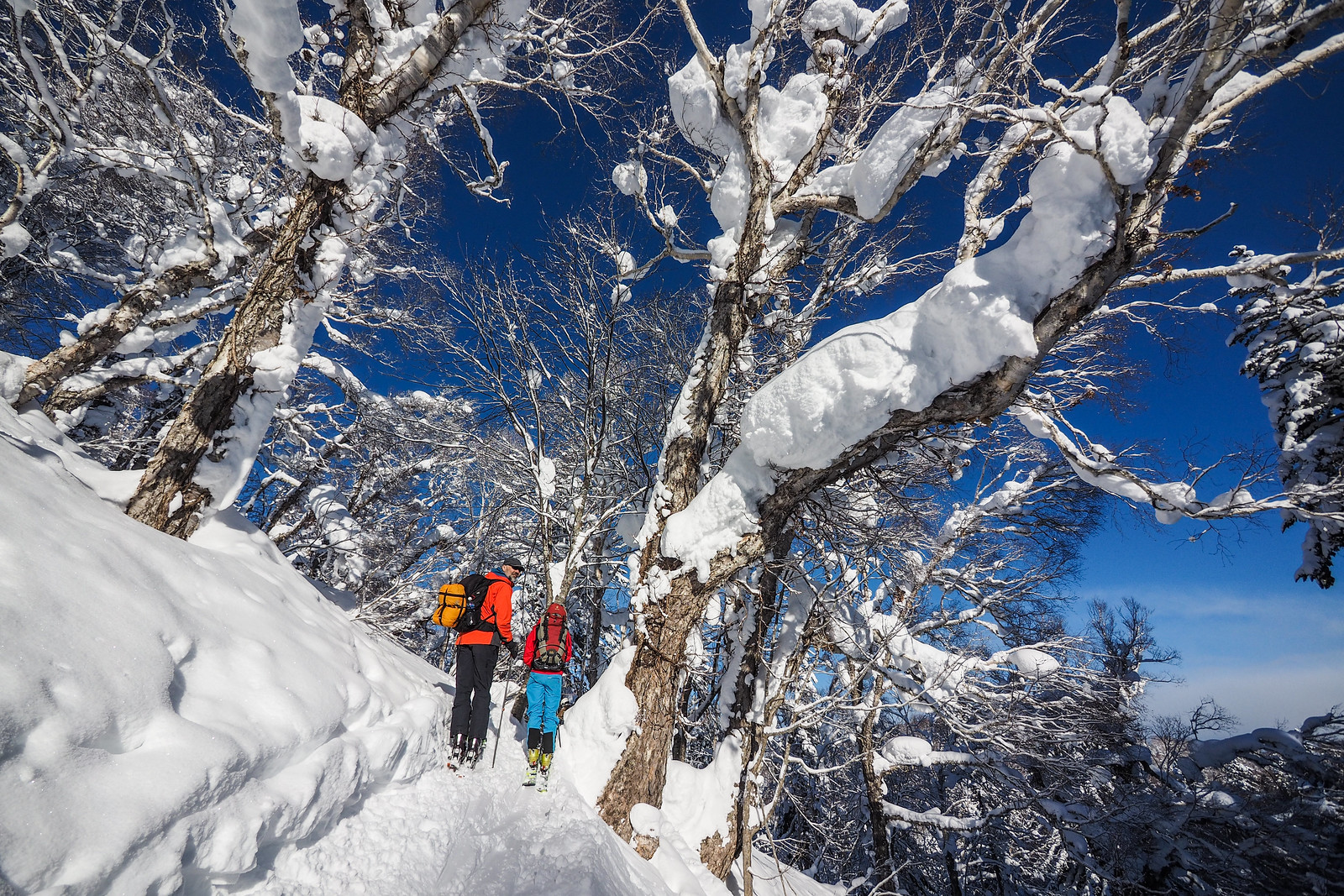
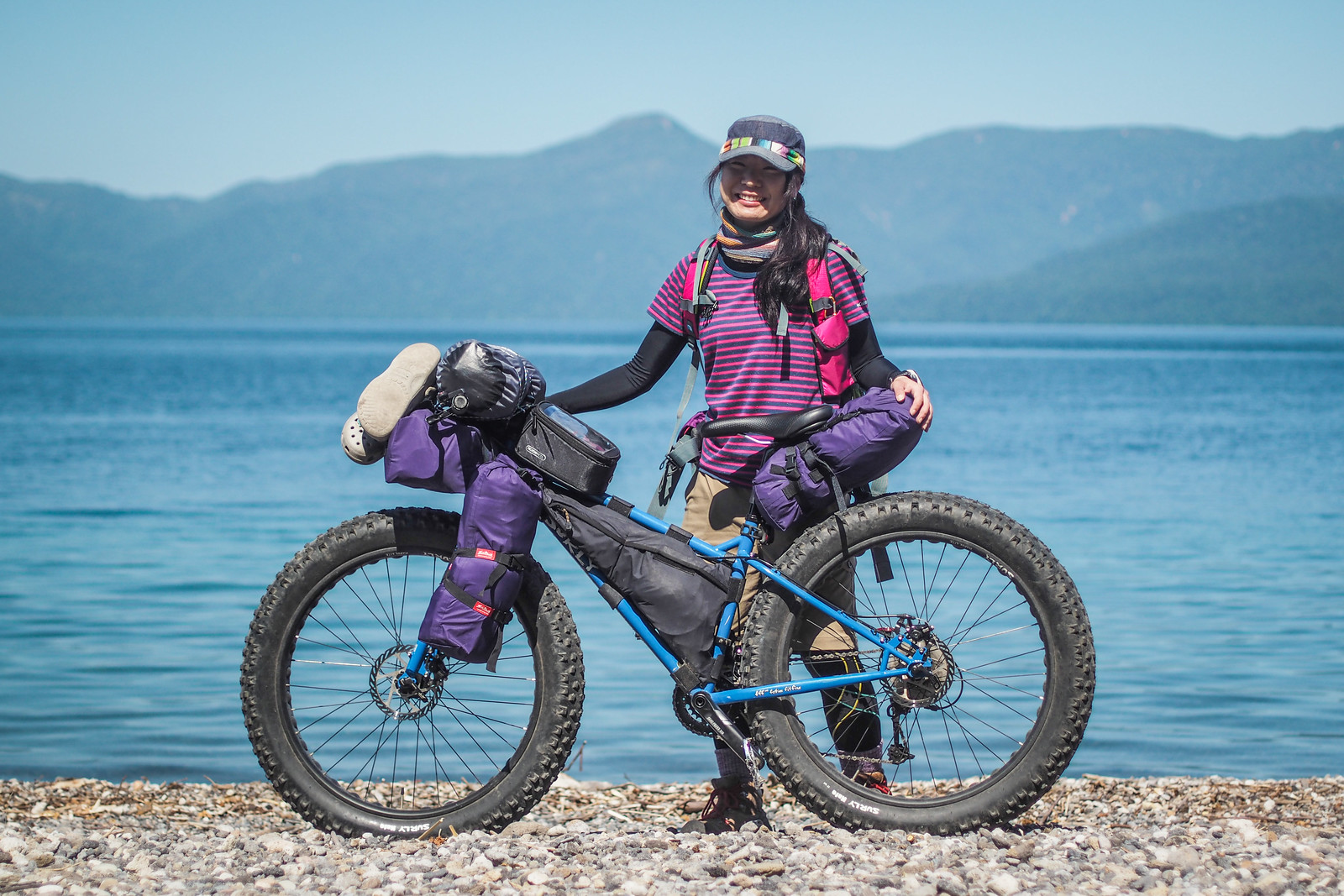
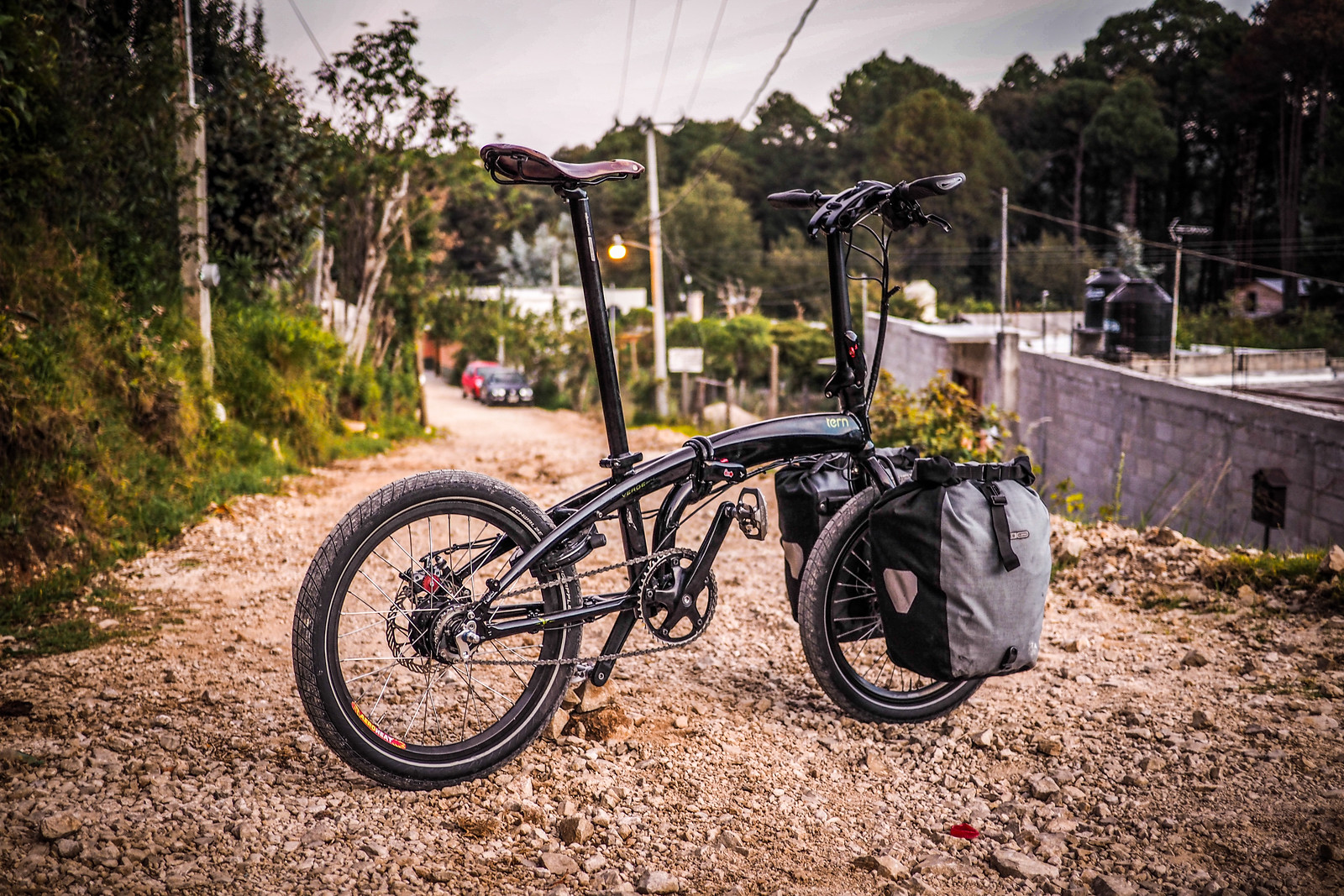
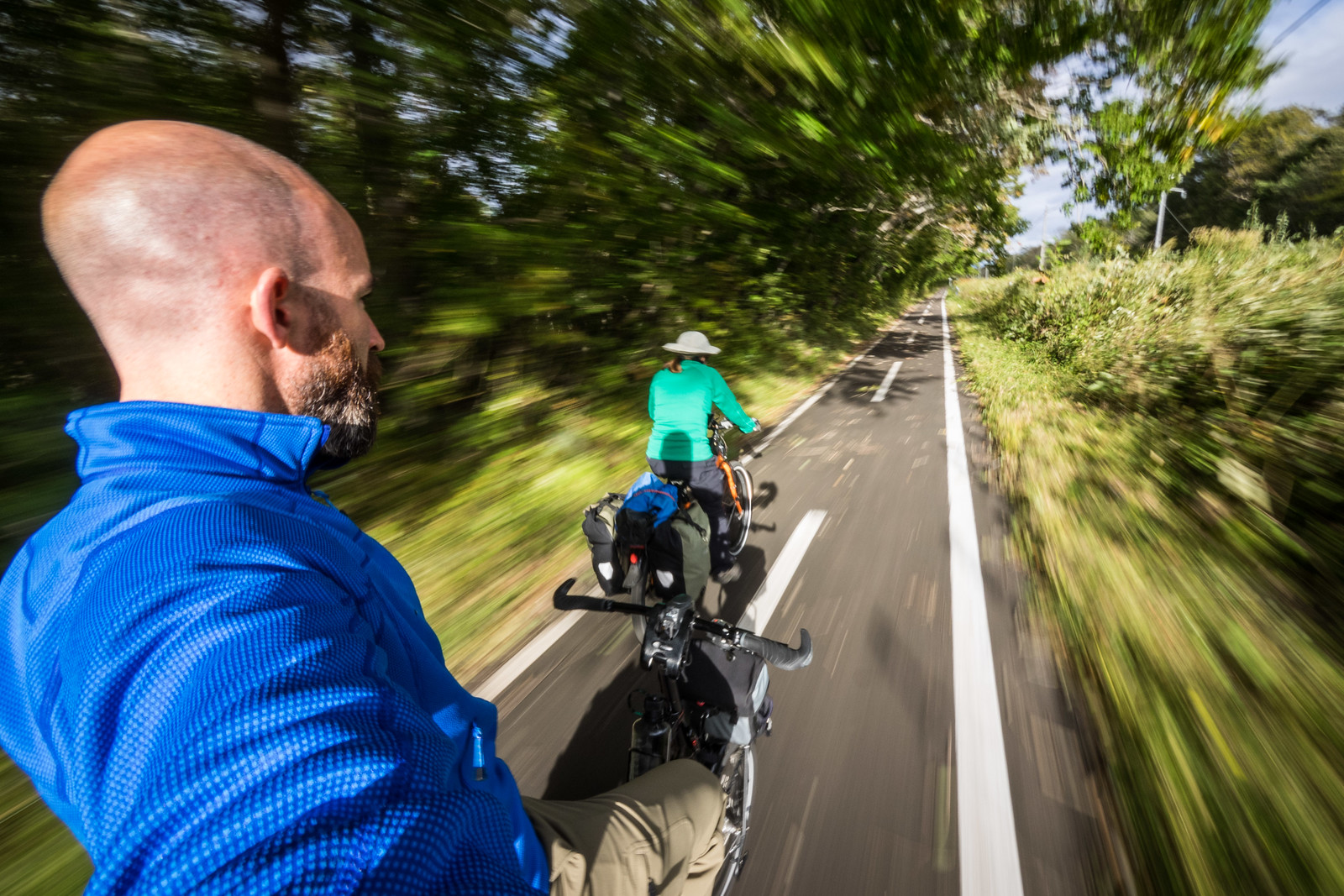





22 thoughts on “Adventure Photography: Olympus OM-D E-M1 Mirrorless Camera Long Term Review”
I’m camping, and I brought the Olympus OMD EM-1 with me, and a sharp zoom lens. The sun was setting, and I set the ISO to around 2000, thinking that it’s not that high, and my images would come out. Man was I wrong. So grainy and worse than a smart phone camera. Waste of money. I’ve shot on numerous occasions, mostly low light, and I cannot recommend this camera. Just plain awful. I should have kept my Canon 6D full frame. I am leaving M43’rds, not understanding how anyone can recommend this camera. And the stabilization? 5 axis? I haven’t seen any improvements from this camera. Way over rated. Maybe good for daytime shots, but that’s now how I shoot, so it’s getting gone.
Author of the post here. Agreed, the E-M1 is grainy above ISO1600, particularly when compared with an APS-C or full frame sensor. If you can manage the size and weight of a larger-sensor body and associated larger-size lenses for what your use-case is, it’s a no-brainer: use a full-frame camera. I know I would! Constantly drooling over the Sony full frame mirrorless cameras (although not sold on the Sony weather-proofing). Fujifilm XT-5 (APS-C) recently is tempting me too. The thing is, here in Japan I can get second hand OM-D E-M1 MK2 bodies for around US$250, so I really don’t have to be concerned using my camera when sea kayaking and whitewater paddling – if it does happen to stop working due to water, it’s so cheap to replace…
You do understand why and how the phone camera produces those images, don’t you?
That’s right – it’s all computational (the sensor and lens are merely a small part of the greater picture anatomy which is mostly fabricated from a matrix) which means your ‘real’ camera can also do that if you put in the effort and not let software do it for you automatically as the phone cam is programmed to do.
Phone cams are convenient and mostly fail-safe versions of automatic compacts that require little effort for the approximated outcome, just like those film cameras we used 25 years or so ago.
MFT does require more user input for favourable outcomes, it sorts the dedicated from the easy going snappers who just want effortless results and quickly.
Hi, nice write-up. Have you tried or upgraded to the MkII? I find it, personally, quite a bit better in several aspect compared to the MkI.
I have been tempted by the MkII, but haven’t quite got there yet 🙂
I love the motion blur shots that you took on your bike. I don’t really see any reason to change cameras when you’re getting quality like this.
Thanks for taking the time to share your impressions. I wanted to check out which lenses you were using on your Flickr site, but looks like your photos were uploaded without the EXIF data. It would be great to see which you were using for some of the recent trips. Thanks!
Hey Will, it looks like my EXIF data was set to no-display. I’ve fixed that now, I think. In any case, for the last few years I’ve only ever taken my Panasonic 7-14mm F4 and Oly 12-40mm f2.8 with me on ski trips. They seem to be the most versatile for the ‘run-and-gun’ photography that I do these days. I also have the Panasonic 20mm f1.7 and an old Canon 50mm FD 1.4, which see fairly rare use these days.
Thanks so much for the honest review and pix. Just upgraded from an E-M10 to an E-M1 and am very curious how the camera will perform, particularly after the most recent firmware upgrades.
Very good images as images and illustrations to your review. A review from practical use which I as a newbie to omd1 do appreciate. I also appreciate the fact that old primes of whichever make can be used on it, flawlessly and which you have substanciated in your review and most of all confirms the fact that I have made a great choice😊
I also own a Fuji xt1 which is also a great camera, but the two are by me used quite differently with different lenses attached. Omd1 shall own the area includingpeople photography in their environments. Fuji shall rule coming to landscape and nature! Thank you for a real good review done very well! Lovely pictures too!
This article was very helpful, I going to be re entering the interchangeable camera market. I’m considering a Om 10 as a choice.
Thanks for your review and photos. Your biking photos blow me away – I love the feeling of motion you’ve captured. I’ve taken plenty of photos while riding my bike with my little Olympus Tough, but, have always stopped the bike to take shots with my E-M1. Love the E-M1 and the 12-40 Pro is my main usage lens (followed by the 60 macro, 75 1.8, 75-300, and 40-150R) and plan to pick up the 7-14 Pro next week for use on several upcoming hiking/biking trips.
Thank you!
Shared on https://facebook.com/J4Chirayil/
Been shooting as a pro with Nikons since the early 70s. Sold everything and went to Olympus. Using an OM-D 5 mark 2 for my pro work and I’m very happy with the results.
Would you choose OMD EM5 mkii over OMD EM1 MK1 with the latest firmware?
The reason is that OMD EM1 is around $550 (body only) in amazon vs the OMD EM5 mkii $999 (body only) and what would be the main features that makes the differences.
I am an entry level photographer. I want the camera for traveling and night walks, hiking, shoots at soccer or 4×4 races.
Thanks
Great review! I’m an OMD-EM1 user as well and it sounds like you may have an issue in the cold with your camera though. On the extreme side my camera has been out overnight in -30F temperatures and with a warm battery I shot the sunrise without any issues with the shutter. I use it for mountaineering all the time in very cold and brutal conditions and it performs very well even well below the advertised freeze rating. The only thing I’ve noticed is it takes a bit longer to focus when it is that cold.
Hey Chris, thank you so much for sharing your experiences. Since posting this review, I’ve had quite a few people mention that it seems strange that the shutter should be sticking. I definitely thought it was strange, as I really expected the camera to handle much more. Some have said they’ve had the body exchanged (under warranty I assume) and haven’t had issues with the new body. So, I can only assume that there must be something faulty going on with the body that I have. When I can bear being away from the camera for more than a few days, I’ll take it into the store and see if something can be done. Here in Japan, apparently getting a shutter assembly replacement costs just under US$200.
10216Sepd428Bryan Magana 47aThanks for telling us your story, Sean! I’ll be praying for you as you continue to follow Christ and pursue holiness. Glad you found this blog and hope to hear from you in future posts.VN:F [1.9.20_1166](from 8 votes) 172
Thanks for this review, I never had the Olympus in my radar.
Cheers Peter! I think the E-M1 MkII should be coming out soon…
Hi Robert, thanks for sharing your opinion about the gear you use! 🙂
Hello Robert. As a nature photographer, I’m always on the field. And I want to have some field tests like you did before buying my next camera. Super test you just made, very useful and intersesting. As a OMD-EM1 myself I can confirm that is, overall ,a great camera, with certain limitations in low light.